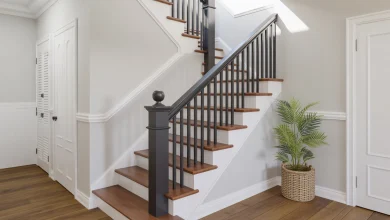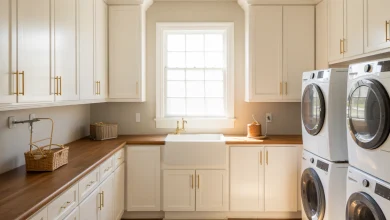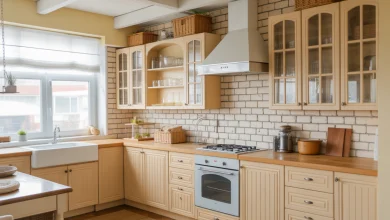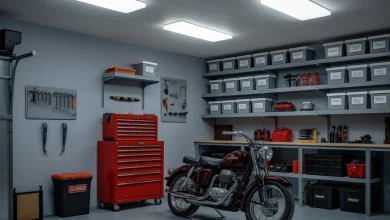How to make a beautiful cobble stone patio
Paved patio: from dream to reality
Fitting perfectly into all styles, cobblestone paving allows you to create a terrace with a neat appearance while maintaining the ability to drain rainwater into the ground. Thus, cobblestone paving is equally possible on an elevated patio as it is in a wet and buried area, depending on the choice of model. Drainage paving stones laid on a sand bed appear in the classic format or imitate flat pebbles to maintain a natural look.
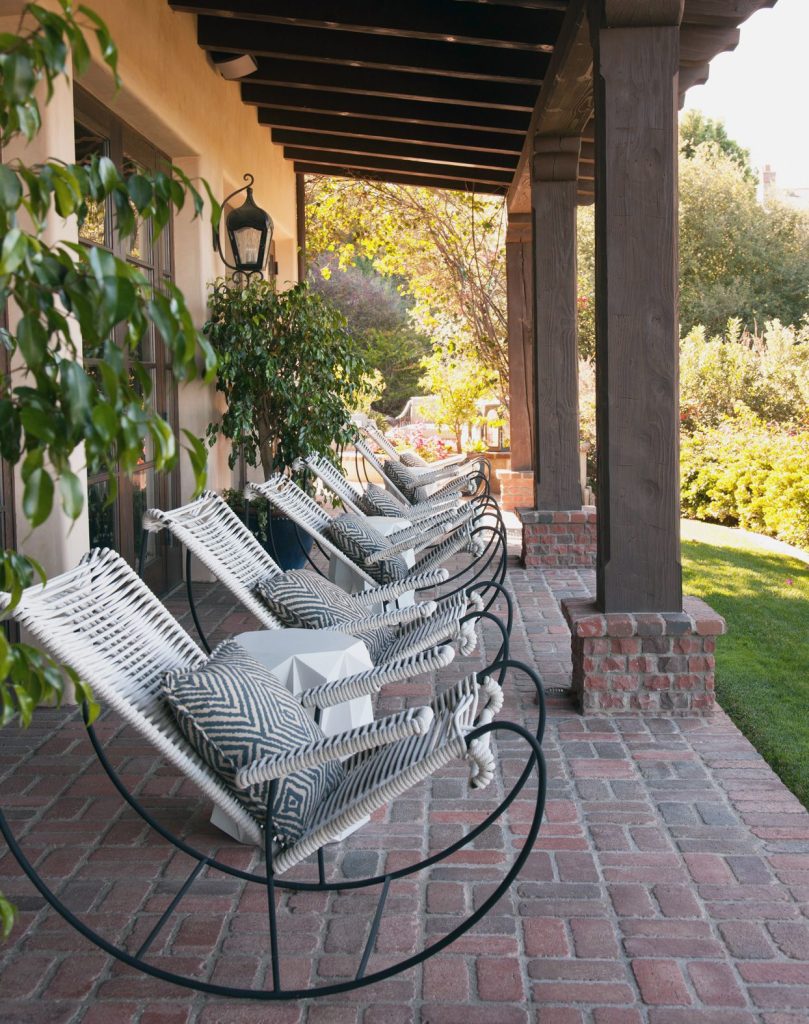
The selection of paving stones will be based on four criteria:
- Use (aesthetic, practical, possibly bearable).
- Surface which, if large, will allow circular paving, insertion of patterns or friezes.
- A style that will allow for texture, finish and color to adapt to the architecture of the room.
- The budget will be calculated depending on the choice of material and the complexity of implementation and use for the pavement.
Materials that are considered for a paved terrace are
Elegant and durable paving stones made of natural stone such as granite, sandstone or limestone have their fans. Durable, ranging from white to anthracite colors, including all shades of ochre. Aesthetically pleasing, however, they are more expensive and more difficult to install than concrete paving stones.
Concrete paving stones, made from cement, sand, gravel and water, have many advantages: resistant to climate hazards, easy to install and maintain, lighter than stone, variety of formats and colors. Non-freezing, non-slip, this paving stone controls the sun’s heat with full exposure.
In terms of finishes, the choice is huge: raw, chased, aged, everything is possible in terms of concrete paving stones to offer a decorative choice that adapts to all styles.
Formats and colors
From square paving stones (10 x 10 cm) to rectangular paving stones (12 x 25 cm), passing by flat pebble shaped paving stones (33 x 50 cm), everyone will choose a paving stone depending on the desired effect. Multiformats are also present, that is, up to 7 different sizes in one palette. This multiplication of formats offers creative solutions as well as the possibility of overlaying “opus incertum”. Opus incertum diversify combinations of several formats on the same cover, thus breaking the monotony.
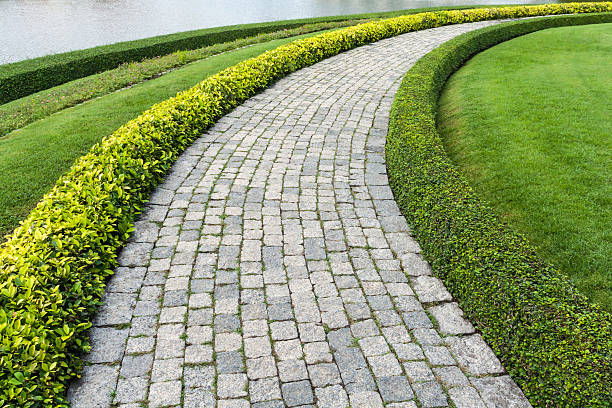
Smaller cobbles are easier to lay in circular shapes, while rectangular cobbles offer more geometric and strict lines.
The thickness is chosen according to the use. Thus, a minimum thickness of 6 cm is required to make the terrace passable.
Light-colored paving stones maximize the space, while dark paving stones create an intimate atmosphere. Playing on these concepts, modulate your terrace according to the configuration of the room and also create a special atmosphere.
Shades of ochre go with traditional architecture, while anthracite gray adorns homes with a modernist design.
It’s all a matter of taste, because the possibilities are endless!
Installation according to the rules of art
The installation of paving stones must comply with the NF P98-335 standard.
A properly installed floor covering will stand the test of time and climatic changes.
A slope of 2 % (2 cm/m) ensures that rainwater runoff is facilitated. A drainage curb completes the system at the bottom of the terrace.
The paving stones are laid on a bed of river sand after the creation of a 15 cm deep earth bed covered with geotextile fabric and a thick layer of compacted rock sludge.
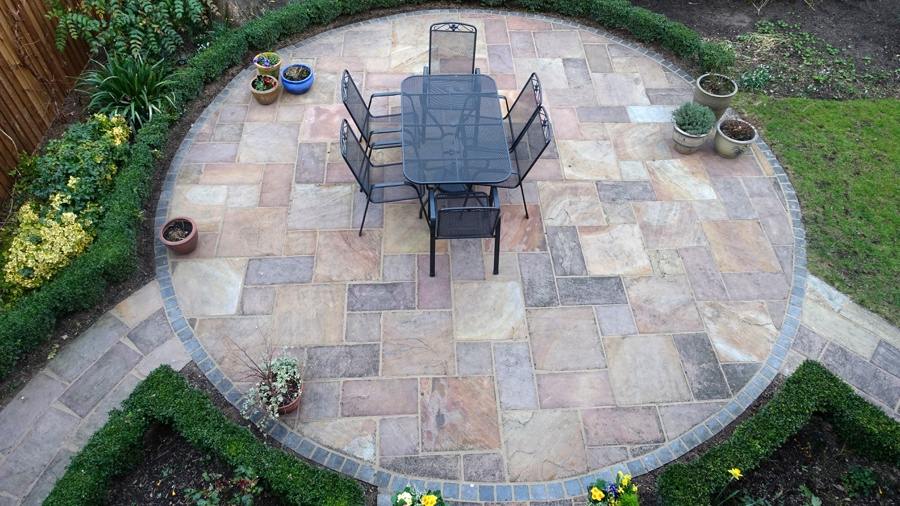
Laying the paving stones on the sand bed will be done with a rubber mallet, leaving 3-millimeter joints between each cobble. Level and alignment should be checked after laying each row for a flawless appearance.
Don’t forget to frame the work with a border to help keep it in place.
Grouting is done with fine sand or polymer sand which will then be spread to seal in the joints, this operation will be repeated until the joints are completely filled.

